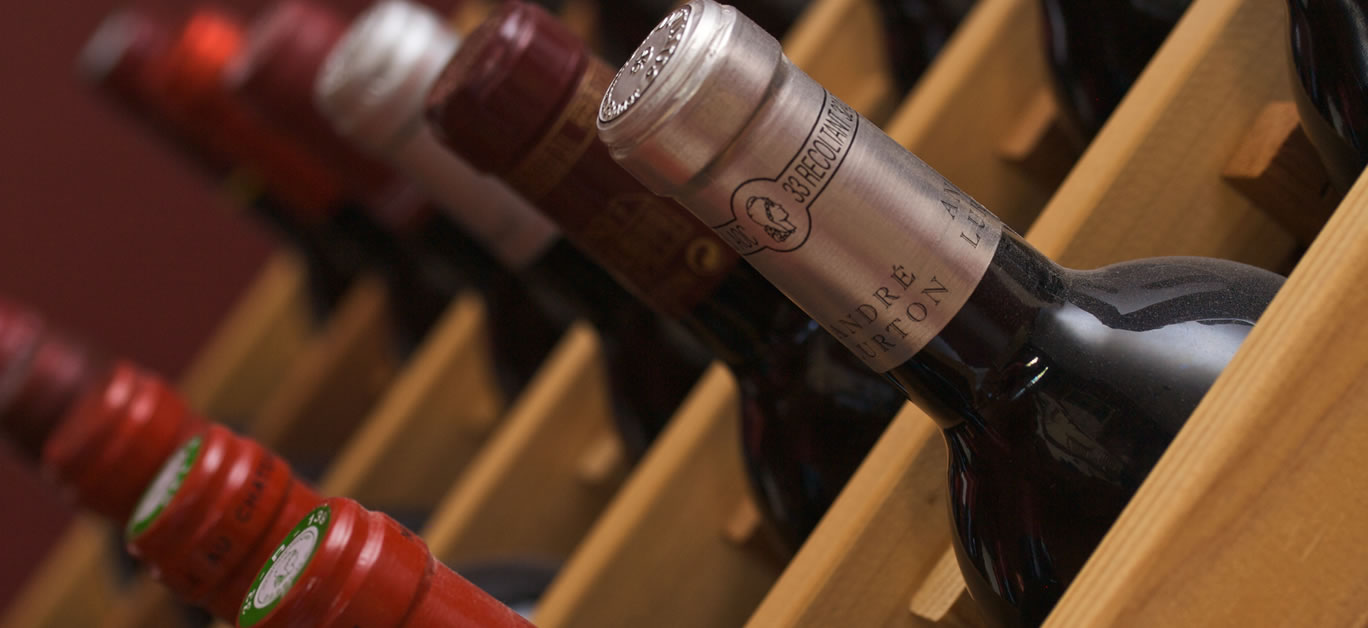Knowing your Domaine de la Romanée Conti from your Château Mouton Rothschild from your Domaine Armand Rousseau can pay dividends, and those who do may have done well over the last decade.
The Coutts Passion Index has been tracking the changing fortunes of passion assets since 2005 and, since the index started, fine wine has been the third top investment class with a return of +198% over that period. Whilst in the most recent index released (in 2019), the overall market was relatively flat, fine wines were the second best performing class after classic watches, up a modest 2.4%.
The last few years have witnessed some exceptional prices for fine wines at auction and a number of new records have been set. In 2018, a bottle of French Burgundy became the most expensive bottle ever sold at auction, achieving a sale price of $558,000. The bottle in question was a 1945 Romanée Conti, an exceptionally rare bottle from Domaine de la Romanée Conti (often referred to as simply ‘DRC’), a domaine with 25 hectares of vineyards, all Grand Crus, and one of the most famous and historic Burgundy producers. The sale price shattered the original estimate of $32,000 and a second bottle went for $496,000 just a few minutes later.
Commenting on the record-breaking price, Jamie Ritchie, worldwide head of Sotheby’s Wine, said: “The new world record established in today’s sale is further proof that the demand for wine and spirits of exceptional quality is at an all time high, and that global collectors are willing to go the extra mile to acquire the rarest bottles of any kind.”
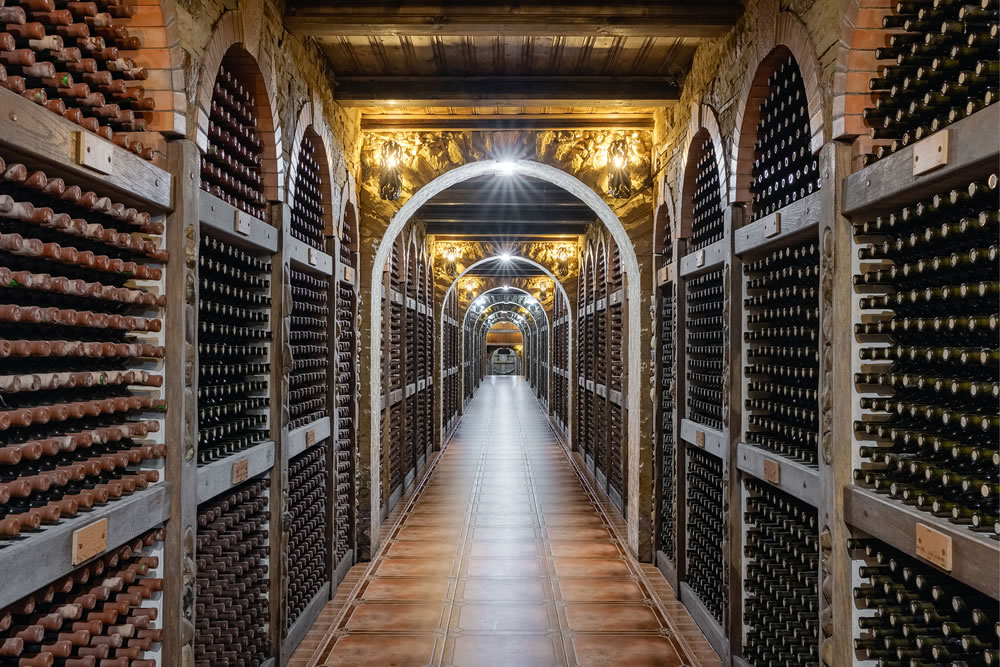
It was Ritchie who also oversaw the Sotheby’s auction when the previous record was set – a jeroboam from Château Mouton Rothschild, also a 1945 vintage, sold in 2007 for $310,700. Bought by the Rothschild family in 1853, Château Mouton Rothschild has become as famous for the quality of its wines as it is for its labels. Since 1945, the producer has used artists to design labels for its famous wines, and those involved have included Miró, Chagall, Braque, Picasso, Tàpies, Francis Bacon, Dali, Balthus, Jeff Koons and even His Royal Highness, Prince Charles, The Prince of Wales.
It was these two leading producers who contributed to the most recent new record in fine wines – the highest grossing auction for a private wine collection – with 2,700 lots driving a near $30 million total sale at a three-day auction, which was held in Hong Kong in 2019 by Sotheby’s. The sale was led by Romanée Conti 1990 Domaine de la Romanée-Conti, with three 12-bottle lots selling for $347,520 each; a 12-bottle lot of DRC’s Romanée-Conti 1985 achieving $300,131; and three 12-bottle lots of Mouton Rothschild 1945 bringing $252,742 each.
It’s significant that the auction was held in Hong Kong. Demand for fine wine in Asia has been a major contributor to the growth of this passion investment class over the last couple of decades. Before the 1990s, the fine wine market had been predominantly driven by investors across Europe and the United States. As the number of high net wealth individuals in the Asia region started to increase significantly, more buyers entering the market pushed the demand and prices higher for ever increasingly rare fine wines.
Whilst gains for an investor who backed the market in 2005 have been significant over the longer term, fine wine investment has not been immune to hits over this period from the likes of the financial crash of 2008, which saw prices decrease significantly, before bouncing back with renewed vigour between 2009 and 2011. Passion asset investments should only be for those who are comfortable riding out significant market shocks and who can absorb an investment loss.
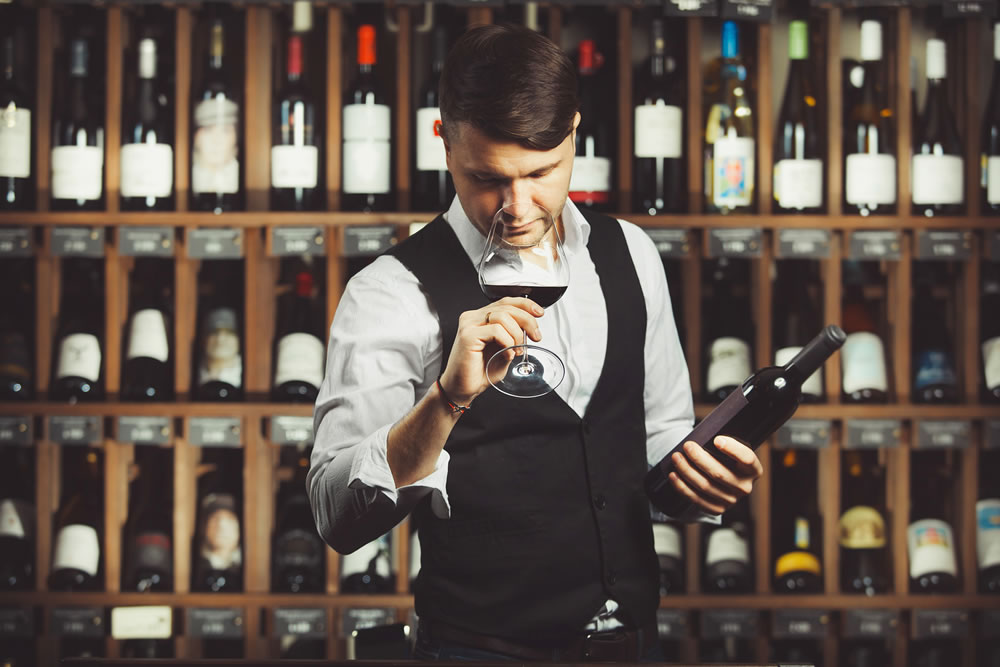
Fine wine investment has not been a smooth ride. As an example, over 15 years, 2005 Château Lafite-Rothschild (Château Lafite-Rothschild being one of the largest and most celebrated Médoc estates, owned by the Rothschilds, but a different branch of the family to the owners of Mouton-Rothschild) has fluctuated dramatically in price. The 2005 vintage has varied from £3,760 per case in bond released ‘en primeur’ (also known as wine futures, this is a method of purchasing wine early when it is still in the barrel ahead of release) to £9,200 per case in early 2008. Then dropping to £6,000 in 2009 before accelerating to £12,500 in early 2011, while trading in recent months at around £6,700, with vast gains or losses depending on the acquisition timing.
The 2005 Chambertin Grand Cru from Domaine Armand Rousseau, another of the great and iconic domaines in Burgundy had seen prices steadily rise from £3,950 per case in 2007 to a peak of £58,000 per case in 2019, before a sizeable drop to its current position of just over £35,000.
The long-term impact of COVID-19 on the fine wine market isn’t known at this stage, however, a likely flat-lining or decrease in prices can be expected. Whilst this may be an impact of a global recession following COVID-19, some would also argue that, regardless of the current situation, the fine wine market was due a correction following the years of sustained high growth. Many believe the market has become overpriced, with certain en primeur releases, as an example, questioned as to whether their value had been forced unreasonably high.
The Liv-ex indices track the prices of the most traded fine wines on the market. As of the end of April 2020, their five major indices (Liv-ex Fine Wine 50, Fine Wine 100, Bordeaux 500, Fine Wine 1,000 and Fine Wine Investables) were all tracking negatively year to date. However, downturns can also provide opportunities for cash rich buyers and fine wine should always be considered as a long-term investment.
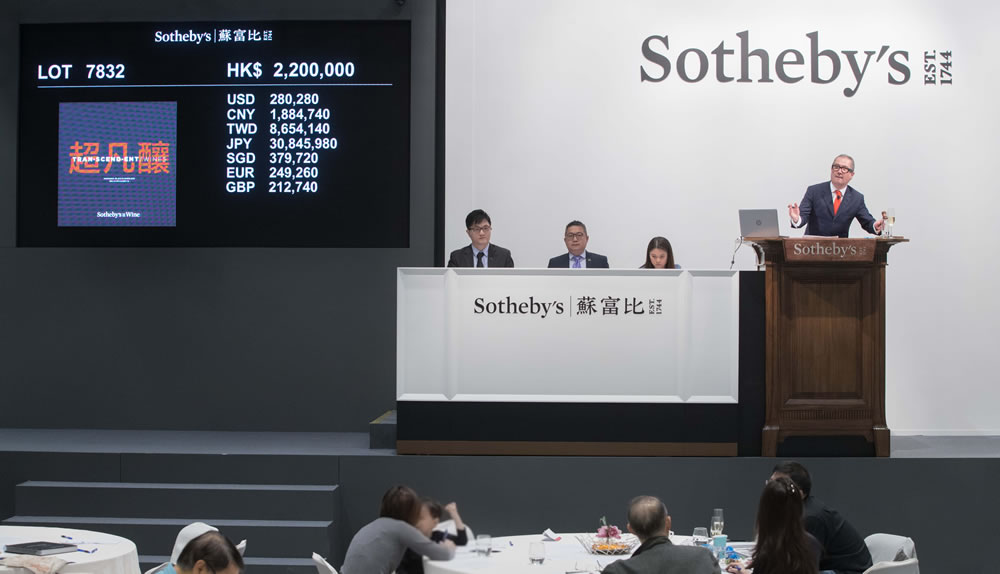
So, how do you start investing in fine wine? Well, firstly, whether as an investment or for the simple joy of drinking it, you don’t have to splash out a six figure sum to taste a Grand Cru from the exceptional producer that is Domaine de la Romanée Conti. A 2007 Grands-Echezeaux, Domaine de la Romanée Conti can be purchased for just over £2,000. A bottle of 1993 Château Mouton Rothschild, as an example, can be bought for under £500.
Price of fine wine is driven by a combination of factors – the heritage and name of the producer, the vintage, the quality of the wine, the exclusivity and the rarity of the bottle in question.
If you are looking to lay down wine as an investment, correct storage is vitally important – fine wines must be preserved in good conditions. One of the easiest ways to guarantee the correct storage of investment wine is to purchase ‘in bond’ and have it professionally stored by a company such as Berry Bros. and Rudd, one of the leading wine and spirits merchants in London, with a renowned history dating back to 1698. Here you pay an annual fee per case stored and the wine is maintained in special temperature and humidity controlled environments. Most facilities such as this will also include insurance within the annual per case charges.
Purchasing wines ‘in bond’ (stored in a bonded warehouse approved by HM Customs & Excise) provides a number of advantages – they do not have to have duty and VAT paid on them and if sold on at a later stage, you will never pay duty and VAT. If you choose to drink your wine, you will pay Duty and VAT on the original acquisition price and not the latest market value.
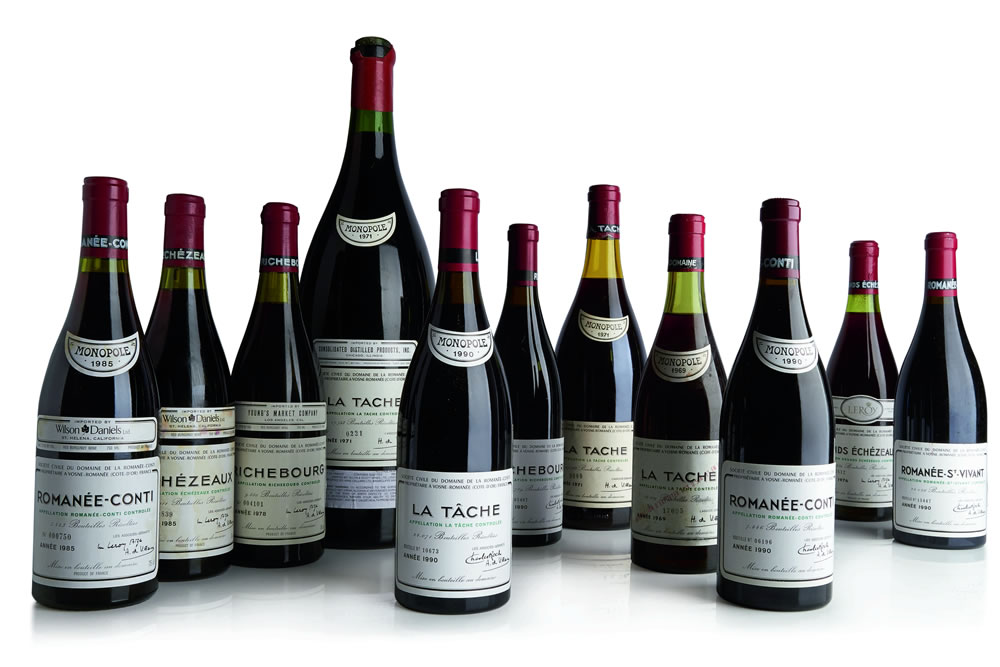
A company like Berry Bros. and Rudd can also help you start a fine wine investment plan, with experienced managers who can provide advice on acquisitions. Berry Bros. and Rudd also offer a broking service for the sale of wine on their online trading platform and can enable the sale and transfer of wine to an outside bond.
Bordeaux has traditionally been the wine investment of choice. However, over time, this has extended to Burgundy, Super Tuscans, Champagne and now to New World wines. It is important to view fine wine investment as a long term one with an investment period of circa eight to ten years or more not unreasonable.
Whilst there may be a downturn and correction in the market, fine wine as a passion asset investment class continues to be a long term intriguing area. As the number of high-net-worth individuals continues to increase, especially within the BRIC nations, the number of people gaining an interest in fine wine continues to expand and will continue to create an engaged fine wine investment market.
Supply of rare vintages is always diminishing, ensuring their continued increased rarity and resulting in continued strong prices while younger vintages from respected domaines are constantly improving. These are interesting times for this passion asset class.












